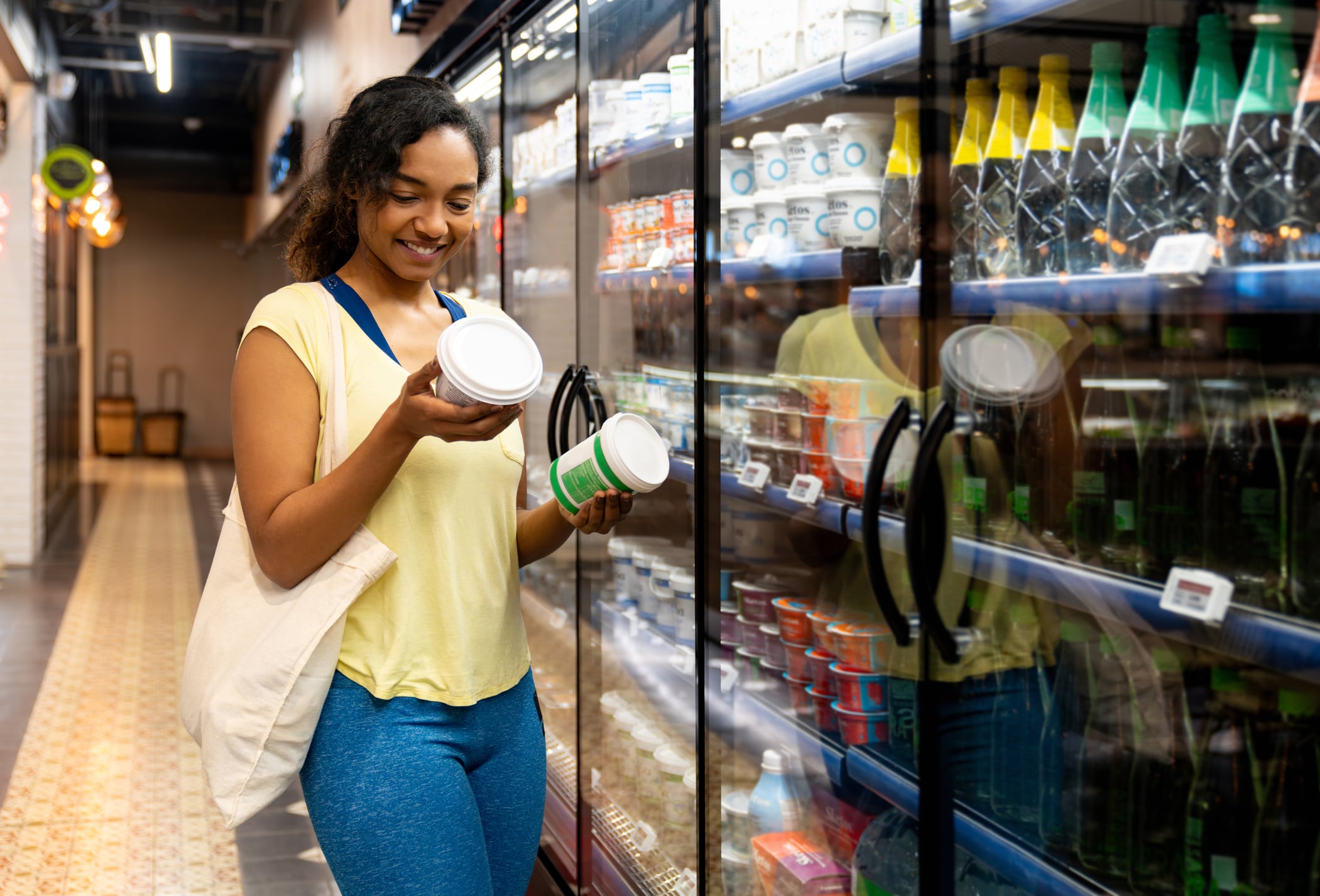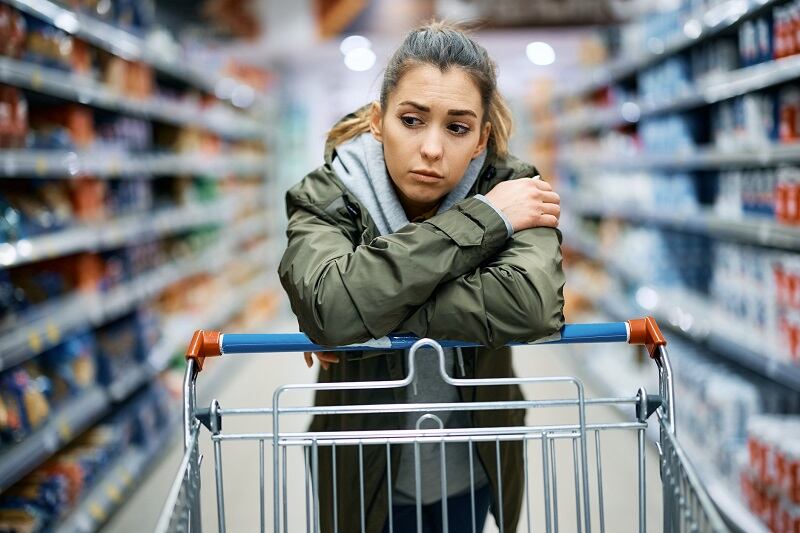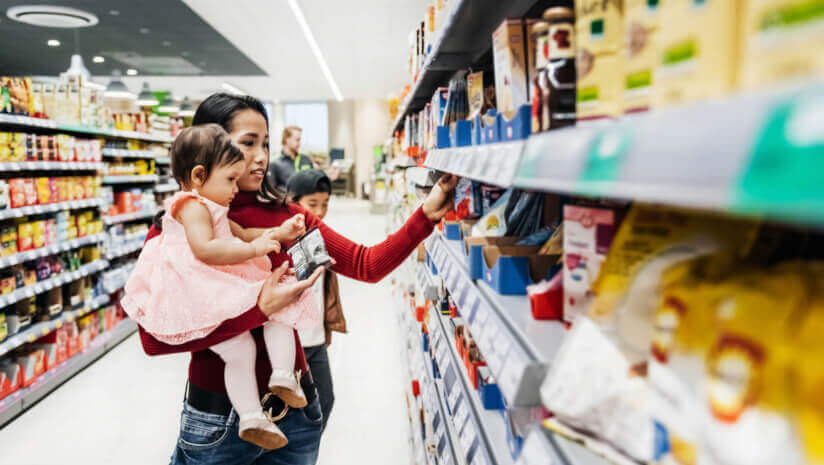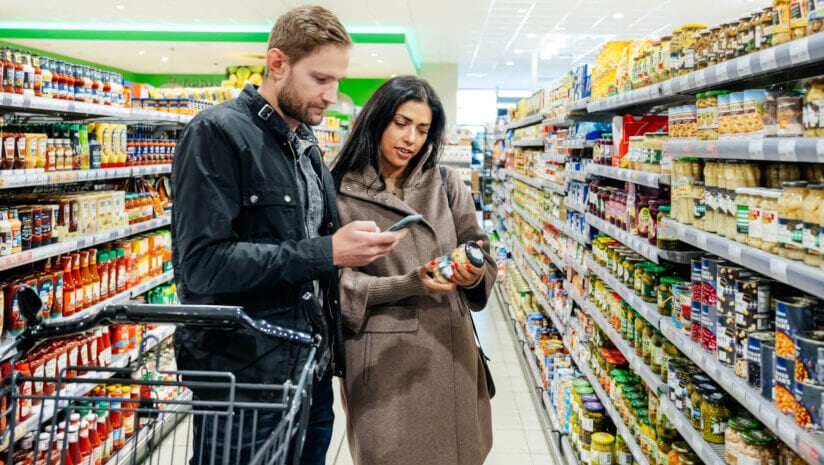Private label’s adoption rate continues to soar as even the wealthiest consumers prioritize value, yet despite the uptick in private label sales, retailers rely on name brands to generate sales through their retail media channels, according to Alison Cayne, founder and CEO of sauce brand Haven’s Kitchen.
Retailers’ approach to store brands is no longer considered a generic alternative to name brands – rather, these products look similar and deliver comparable quality as their counterparts on shelves, Cayne explained during a presentation at the Summer Fancy Food Show in New York City earlier this week.
A private label product “wasn’t something that you would want to unpack on your Tiktok. It wasn’t something that you would be proud to have on your counter if your friends came over for dinner,” as these products now display bright, bold packaging that could look like an emerging brand, Cayne said.
The narrowing gap between the two product types reflects retailers’ investment in their own lines, driven by a mix of factors including shifting consumer sentiments, inflation and the convenience of online shopping, she added.
Taking nods from name brands, retailers are “thinking about what we always define as a brand, which is why should we care about innovation, quality and storytelling,” Cayne explained.
Private label is not ‘less expensive, it is less risky’
The premiumization of private label is particularly telling from Sprouts Farmers Market data where nearly 70% of consumers perceive store brand products as high quality, Cayne noted.
Private label sales for food and nonedible departments hit a record high of nearly 4% to $271 billion from Jan. 8 to Dec. 29, 2024, versus the same period in 2023, according to the Private Label Manufacturers Association. The category outpaced national brands by 1%. In food and beverage, refrigerated food sales increased by 7.5%, general food by 4.3% and beverage by 4%.
The boost in store brands is attributed to a few critical advantages retailers have over name brands: better margins, lower prices, direct relationships with manufacturers and ecommerce.
While some brand loyalty exists, it is declining, especially among younger consumers, Cayne noted.
As consumers continue to face high grocery prices, their purchasing habits are rooted in making safe decisions – which gives retailers an advantage by developing “less risky” products that are affordable and offer similar or the same attributes as national brands, Cayne said.
“It’s not necessarily less expensive, it’s less risky. It’s something that I don’t even have to think about because I’m here. It’s at the top of the fold. It’s made by Target. I can trust them. I’m here to buy from them,” she added.
Product discovery is replaced by attribution searches
Amid the sea of nearly identical looking products on shelves, “price will stick out” but “quality locks us in,” meaning consumers will pay for products that deliver a great-tasting solution and that aligns with their values, Cayne noted.
Ecommerce also shapes grocery trips, where shopping is less about discovery and more about searching for the desired attribute, Cayne said.
“We’re not discovering the way that we used to. We’re picking the brand and the product attributes that they want, that we want, and then we’re going and finding them – and brands have to figure out how to keep consumers interested,” she said.
How can brands build loyalty and compete with private label?
Cayne suggests that brands stand out by understanding their consumer and delivering a product or service that solves their problem.
“What is your unique selling value to your consumer, and are you positioned and priced well for that consumer?” she added.
In the US, consumers define themselves by the brands they buy, Cayne said. The psychology between brand and personal values can be an asset for brands trying to set themselves apart from their competitors.
Cayne advised that, if possible, brands should adjust margins to “buy you freedom” by using less of the most expensive ingredient in the product, and considering IP protection if needed.
Shoring up cash reserves can help build, scale and stabilize supply chains to compete with retailers, she added.
Despite record sales in private label, US grocers “actually don’t want really want to be in the business of also being full on manufacturers” because of the “money that they are getting from retail media and from ads,” Cayne noted.
“It is about the percentage of private label with retail, with emerging brands, with legacy brands who can pay 100 times as much for their space as an emerging brand can,” so there is an opportunity for brands to “slide through the nets,” she said.




